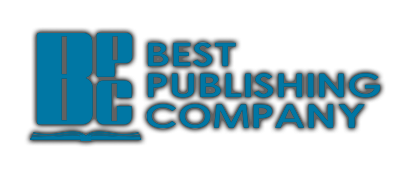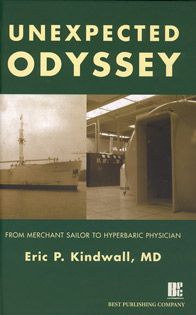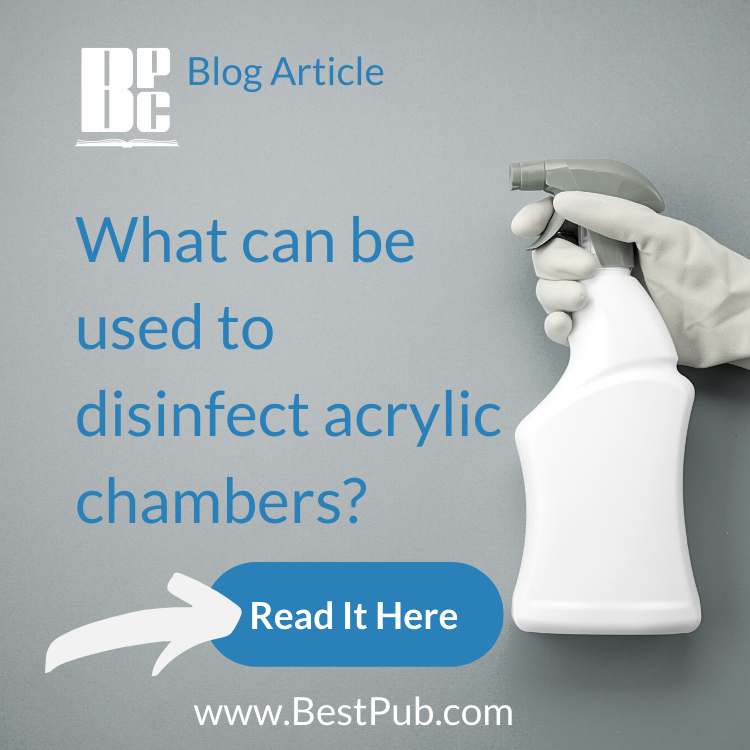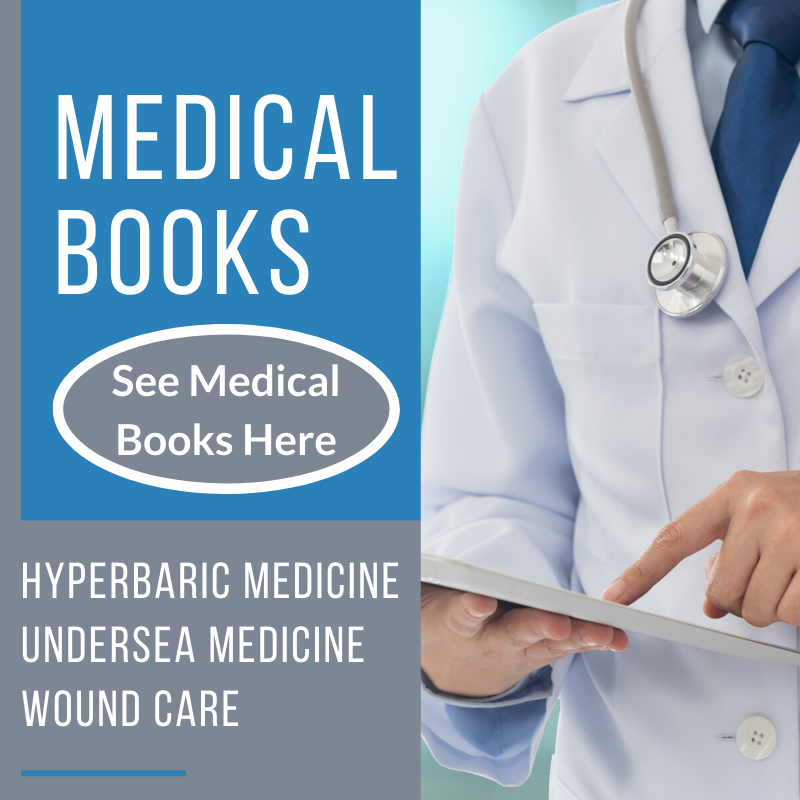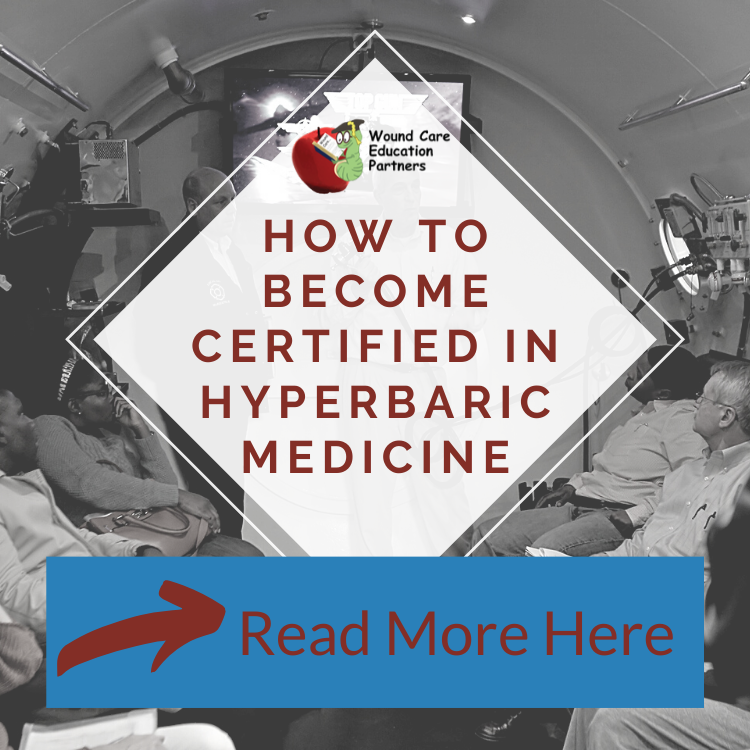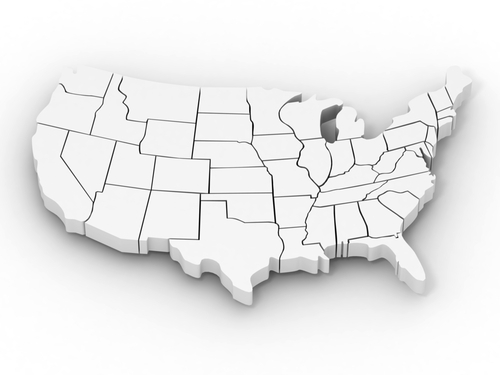DEPTH Blog
An Unexpected Odyssey
We had entered a dense fog bank! I had a rather helpless feeling, as a boy of 18, guiding 2,300 tons of steel into the unknown at ten knots, with no way of notifying anyone. Fortunately after a few minutes, which seemed like an eternity, the mate returned to the bridge. Flipping on the radar on the port side of the wheelhouse, he remarked, "Looks like we've got a bit of thick weather." He stepped out on the bridge wing and blew his police whistle to alert Kalle Holm, my watch partner. Kalle immediately stuck his head over the top of the bridge ladder and was ordered to the bow to stand lookout.
When the radar had warmed up, the mate said, "Looks like we've got another ship out there. Give her five degrees starboard."
I heard the ship's bell strike three times . . . It was the other ship's bow lookout and we were directly in his path! I saw a huge bow as high as our wheelhouse loom out of the fog!"
The above is just one of the hair-raising experiences described by Dr. Kindwall as he writes of his time in the merchant marines, and via Yale and Harvard, running a safe-house for the CIA, submarine school, patrol on an early Polaris nuclear submarine, and work with "sandhogs" in compressed air tunnel construction.
Find more details here about the book, "Unexpected Odyssey, From Merchant Sailor to Hyperbaric Physician" by Eric P. Kindwall, MD
We had entered a dense fog bank! I had a rather helpless feeling, as a boy of 18, guiding 2,300 tons of steel into the unknown at ten knots, with no way of notifying anyone. Fortunately after a few minutes, which seemed like an eternity, the mate returned to the bridge. Flipping on the radar on the port side of the wheelhouse, he remarked, "Looks like we've got a bit of thick weather." He stepped out on the bridge wing and blew his police whistle to alert Kalle Holm, my watch partner. Kalle immediately stuck his head over the top of the bridge ladder and was ordered to the bow to stand lookout.
When the radar had warmed up, the mate said, "Looks like we've got another ship out there. Give her five degrees starboard."
I heard the ship's bell strike three times . . . It was the other ship's bow lookout and we were directly in his path! I saw a huge bow as high as our wheelhouse loom out of the fog!"
The above is just one of the hair-raising experiences described by Dr. Kindwall as he writes of his time in the merchant marines, and via Yale and Harvard, running a safe-house for the CIA, submarine school, patrol on an early Polaris nuclear submarine, and work with "sandhogs" in compressed air tunnel construction.
Find more details here about the book, "Unexpected Odyssey, From Merchant Sailor to Hyperbaric Physician" by Eric P. Kindwall, MD
About the Author
Eric P. Kindwall, M.D., is regarded by many as the "Father of Hyperbaric Medicine". Kindwall began diving in 1950 and later Eric-Kindwall-Navy wdeveloped an interest in diving physiology while majoring in zoology at the University of Wisconsin. He is a 1960 graduate of Yale University School of Medicine, where his M.D. thesis was entitled “Some Observations on Decompression Sickness”. After leaving Yale, he did postgraduate research at the Laboratory of Aviation and Naval Medicine, Department of Physiology, Karolinska Institute in Stockholm. On returning to the United States, he entered a rotating internship at the University of Virginia and completed a residency at Harvard.
During the Vietnam War, Dr. Kindwall served in nuclear submarines and became Assistant Director of the U.S. Navy School of Submarine Medicine, where he was Senior Officer in Charge of the Diving Medicine Program. After leaving the Navy in 1969, Dr. Kindwall was chief of the Department of Hyperbaric Medicine at St. Luke’s Medical Center in Milwaukee for twenty years. In 1989 he accepted a fulltime combined appointment on the faculty of the Medical College of Wisconsin in the Department of Plastic and Reconstructive Surgery and the Department of Pharmacology and Toxicology. He served as Director of Hyperbaric Medicine for the medical school until being granted Emeritus status in 1998, to devote his time to teaching and consulting.
A past president of the Undersea and Hyperbaric Medical Society (UHMS), Dr. Kindwall founded Pressure, the UHMS newsletter, and was founding chairman of the UHMS Committee on Hyperbaric Oxygen Therapy. He is former chairman of the Kindwall PicCommission on Underwater Physiology and Medicine for the International Union of Physiological Sciences. He retired as a commander from the U.S. Navy Reserve in 1995. Over 90 publications and book chapters in the fields of diving, clinical hyperbaric medicine, and compressed air construction work are attributed to him. In addition, he consulted internationally for commercial diving companies, tunnel construction companies, foreign navies, and hospitals acquiring clinical hyperbaric facilities.
From 2004 until his death in January, 2012 Dr. Kindwall served as the Medical Director of Hyperbaric Wound Care Associates and the Executive Director of The American College of Hyperbaric Medicine.
When you subscribe to the blog, we will send you an e-mail when there are new updates on the site so you wouldn't miss them.
